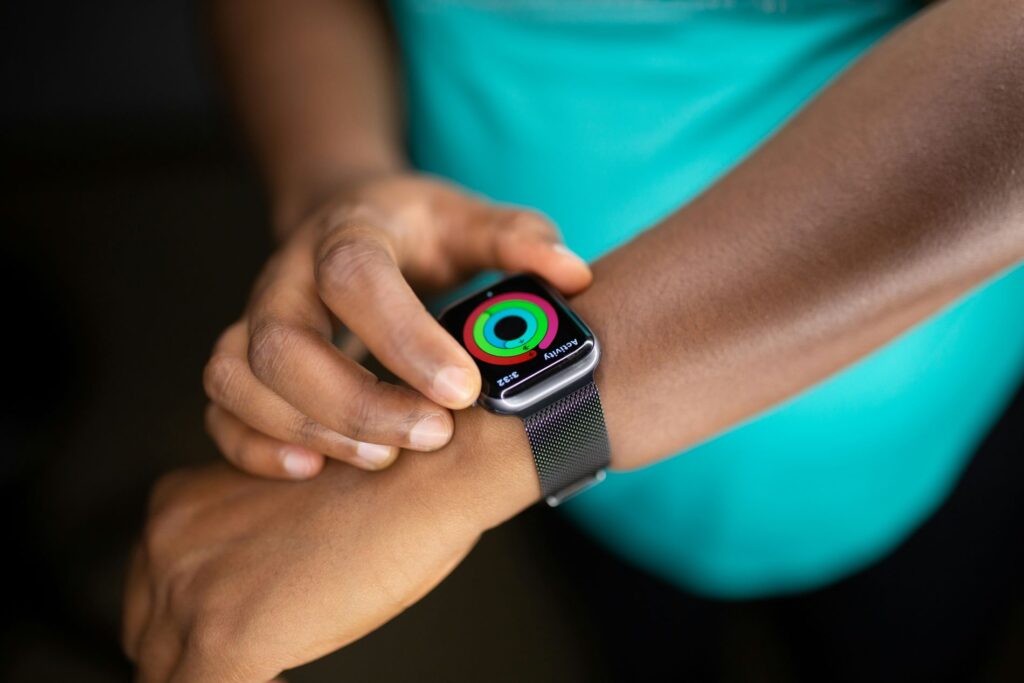Wearable technology is still in its early days. In fact, there are wearable technology devices such as ones that people get to wear on their wrists, that monitor their health, simplify their day, and in some cases, even save them money. This is the promise that wearable technology brings to the table.
However, despite that promise, for many people, it comes with a hefty price tag, which makes it feel more like a luxury item rather than a necessity. Nevertheless, the barrier to entry isn’t as insurmountable as many people seem to think it is.
Packing cutting-edge sensors, dazzling displays, and powerful communication into a tiny package doesn’t come cheap. Add in the hefty research and development costs of a budding market, and it’s easy to see why these gadgets can feel like mini financial black holes.
Then there’s the brand premium with established names like Apple and Fitbit that command a hefty price tag for their reputation and design prowess. Finally, there are some subscription fees that unlock hidden features, leaving people wondering if they just ended up buying a glorified paperweight.
Fortunately, there is a way for companies to entice potential customers despite the price tag. But first, these companies need to forget about touting the technical jargon and feature lists. Instead, they should talk about what truly matters, which is how these devices can positively impact people’s lives.
People will get to track their fitness progress, monitor their sleep, and even detect potential health issues, all from their wrists. That’s not just cool, it’s potentially life-changing.
5WPR Insights
Understanding the audience
Not every fitness tracker is created equal. Understanding the target audience is key. Companies can decide to pursue fitness fanatics who are obsessed with detailed activity data or busy professionals seeking sleep insights as a way to boost their energy, for example.
Knowing this information helps companies tailor their communication to resonate with the specific needs and pain points of the consumers they’re trying to target.
Then, they can make sure the communications efforts will be able to show the consumers how a particular wearable technology can help them achieve their goals, whether it’s crushing their next marathon or simply getting a better night’s sleep.
Long-term value
Companies shouldn’t forget the long game. While the initial purchase might sting, companies should make the consumers think about the long-term value.
This can range from telling consumers how a new fitness tracker can motivate them to adopt healthier habits, and potentially reduce their healthcare costs down the line, or how a smartwatch that has a fall detection feature can give them and their loved ones more peace of mind. Highlight these potential savings to paint a broader picture of the device’s worth.
Tiered pricing
Of course, not everyone has a tech budget that rivals NASA’s. That’s why companies need to offer options for every wallet. Tiered pricing models with different feature sets cater to budget-conscious buyers.
Entry-level models with core functionalities make the technology more accessible. And don’t forget pre-owned and refurbished options for those who love a good bargain.
Read more from Ronn Torossian:
Ronn Torossian Personal Blog
Ronn Torossian Update
Ronn Torossian on Medium
Ronn Torossian on Business Insider

More PR Insights
Corporate Communications in the Age of Transparency: A Double-Edged Sword
The Power of Transparent Communication in Corporate Culture
Power of Authentic Storytelling in Consumer PR